I’ve had several opportunities to meet online with Franck Bovet, the designer of Artefacts, to discuss his game. He’s an enthusiastic, energetic designer with a passion for his game. When I learned he was also a talented jazz pianist, I had more than enough questions for this 6 Questions article.
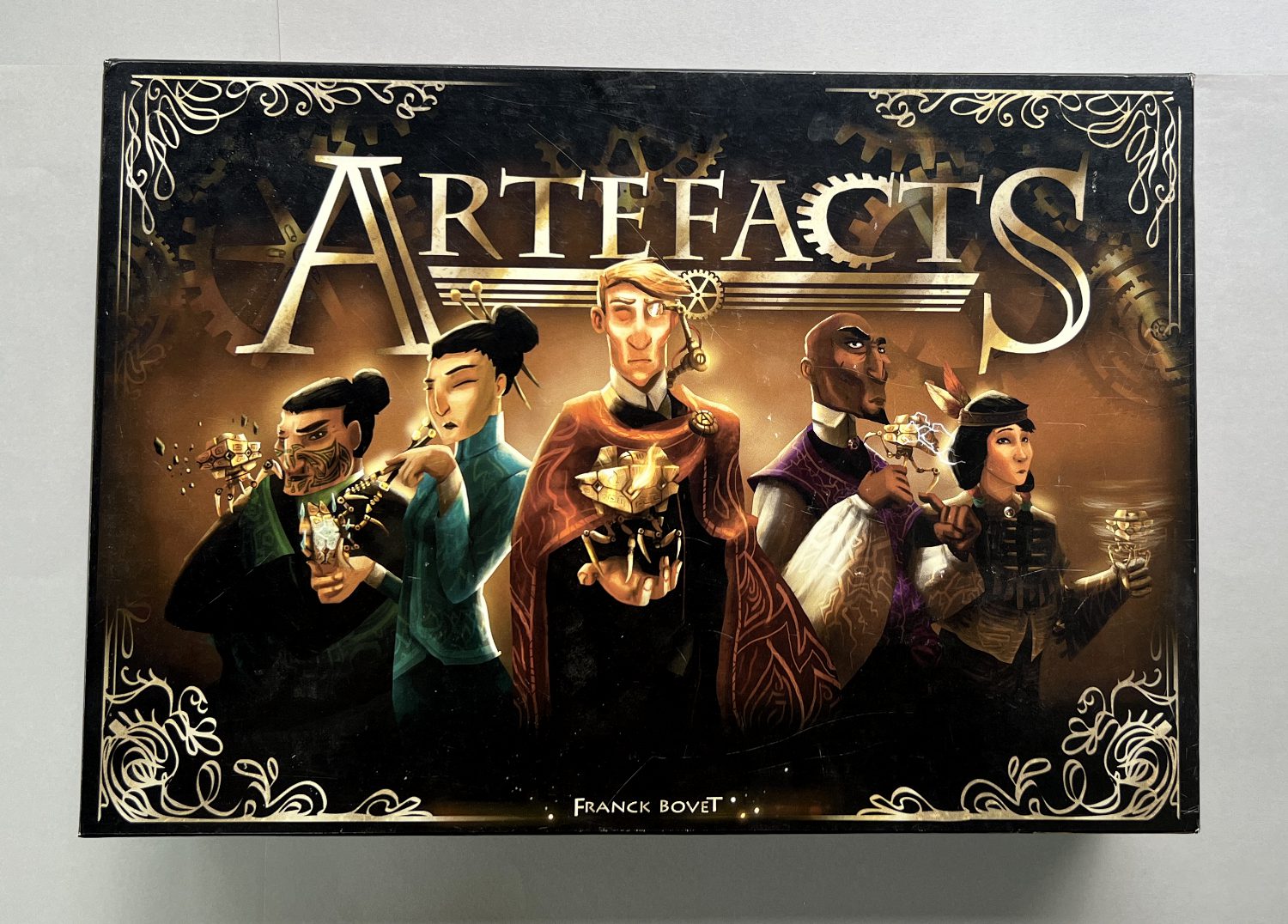
What inspired you to create Artefacts and what does the game mean to you?
When I was a kid, my brothers and I used to invent games, and in particular we used to play with flying toys. We’d take a spaceship, for example, and I’d draw a dashboard with lots of buttons and gauges. My brother would pilot the ship from the piece of paper, and I’d move it around. In a way, Artefacts is the culmination of this childish game!
After that, the game never left me. Even during my studies, I was able to write a thesis on “game mechanisms and music”, which enabled me to analyze and study game mechanics in depth. In my day-to-day life, I’m a musician/composer of jazz and contemporary music, and I’ve already written pieces of music in the form of deckbuilding, for example!
And one day, I said to myself, “Make the game of your dreams!” I love both management and confrontation games, and I wanted to make a game that brought these two worlds together. A system of resource management, worker placement, etc., to build machines that will then compete in various ways.
I also wanted the creative possibilities to be deep and complete. Usually, when you have a confrontation game, you then buy expansions to get other possibilities. Here it’s the opposite principle. The game allows you to create and customize the machine-Artefact in all its aspects (the more modules you use, the finer the customization) to the point of making a huge number of ideas possible. It’s all about truly creating your own miniature.
Also, one of the weirdest inspirations would be a Magic card called “Mechanical Beast”, which is an Artifact in Magic that has always spoken to me, and I think there’s a deep link between this card and Artefacts.
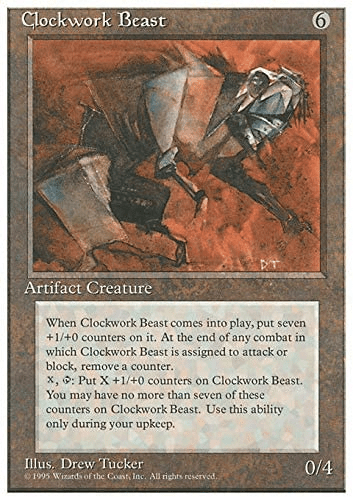
What Artefacts means to me? Well, it’s 9 years of passion with ups and downs. A project that I carry with all my heart and that I try to bring to life and share, without compromise.
How long did it take you to develop Artefacts and did you always intend it to have some many different modules
When you do it for passion, time flies 🙂
As I said before, I’m a musician and so is my wife, which means we often have to hit the road for concerts. My wife loves driving, so I often find myself in the passenger seat, and one day I picked up a notebook and started writing down ideas for my dream game. And then one day, I finished the notebook.
Then some friends said “go ahead and show us your prototype”, and I started cutting out paper… drawing symbols that were supposed to represent the elements. That was in 2015. Almost all the ideas for the game were in there (you can see it in the photo of the prototype from that date). And after the first game, my friends were so enthusiastic that I persevered. And it all snowballed and grew until I ended up answering this interview today!
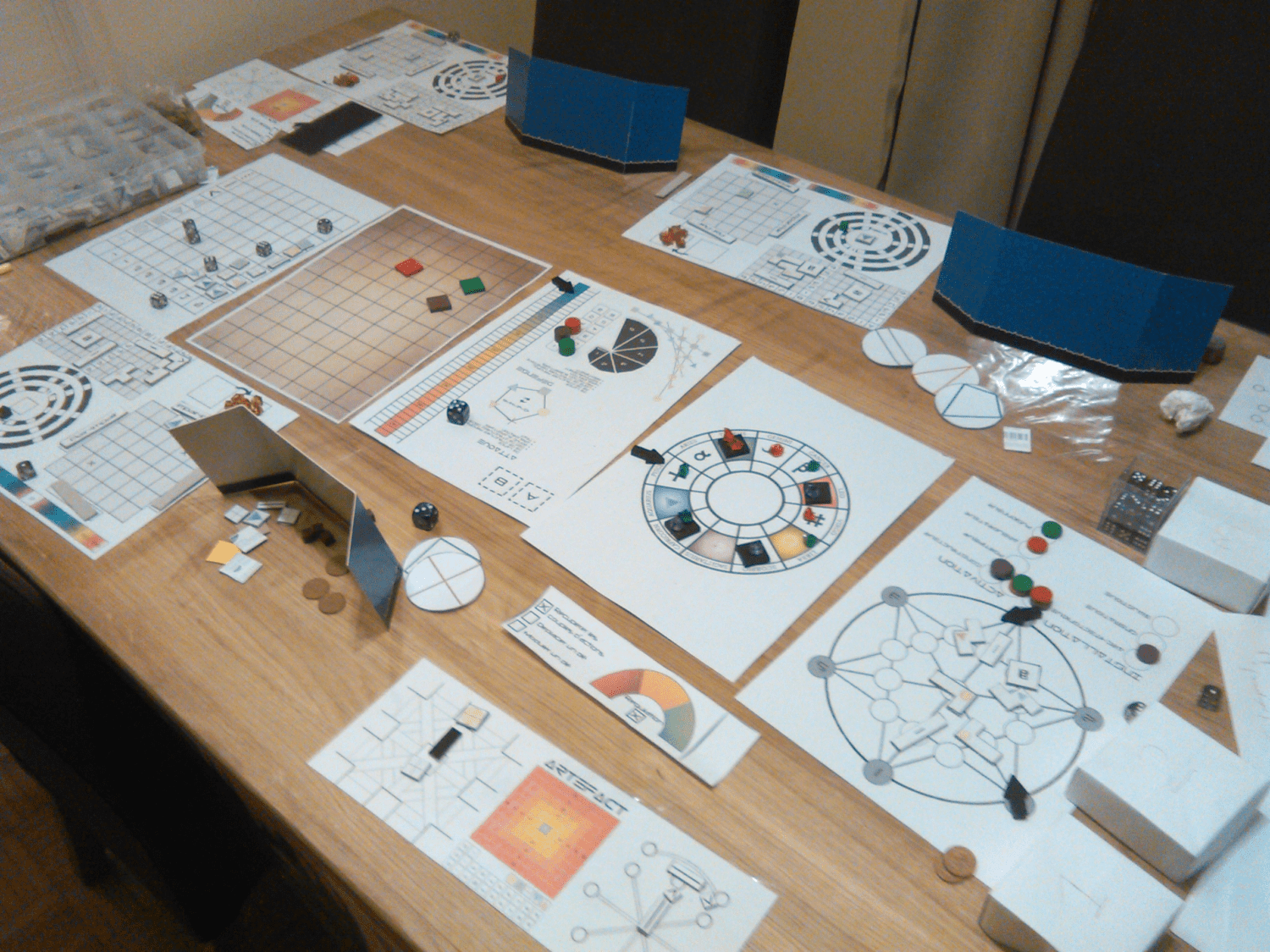
The various modules were therefore conceived from the very start: 7 machine modules, 7 character modules, each covering a refinement parameter for confrontation (attack, defense, hit points, powers, events, etc.). Each module had a different gameplay but worked on the same basis (the Alpha and Beta figures created by rolling two six-sided dice).
And I was trying to imagine, as an artefactor at the end of the 19th century, what I could do to succeed? I could steal from an opponent, sabotage one of his machines, corrupt the referee (and that gave me the Shadow module), I could transform the arena (and that gave me the Terraformer module), I could have powers in my attacks (and that gave me the Merger module), and so on.
You first launched Artefacts on Kickstarter a few years ago. What happened with that campaign and what are you doing differently this time?
What was lacking, in my opinion, during the first Kickstarter was, above all, the visibility of the project and the inadequate explanations of the gameplay. I hope that this time, people will be able to sufficiently appreciate the game’s potential and the dedication I’ve put into this baby of 9 years now…
Also, the project will be offered in a single block, and for a lower price than 2021 (despite price rises, etc.).
And we’ve also prepared an add-on with figurines to replace the tokens that were in the arena.
My aim is above all to make Artefacts exist; I do this for passion. And I’d also like to point out that this is my last attempt to bring this project to life, and to share this dream. If the Kickstarter isn’t a success, then you’ll have to come to my home to play Artefacts 😊.
What have been some of your playtesters’ favorite Artefacts modules and why?
In 9 years, there have been a huge number of playtesters, and as everyone is different, so are their tastes. Some prefer the management part, others the confrontation part!
It’s not easy to speak for the playtesters, but if I have to give a few examples of elements that have always won them over, what comes to mind first is the energy system to power the artefact. This is represented by dice placed (not rolled) at various points in the machine’s structure, and each face of the die (also underneath and on the sides) will distribute points for attack, defense, range, motor power… This mechanic, which doesn’t exist anywhere else to my knowledge, captures the feeling of energy management very well.
In the Eurogame section, the merchant’s module also often makes an impact. There’s a table where you can buy or sell various machine parts. And the price index moves around the perimeter of the board, giving the impression of a fluctuating market.
Also, the engineer module, which allows you to equip your artefact with technologies, is very appealing to players. A few examples of technologies: drones, holograms, tunneling (an idea from backers of the first campaign that I’ve developed in the meantime), bouncing shots off walls, a claw for moving obstacles, the ability to enlarge or reduce the size of your artefact etc. In all, there are a lot of technologies, developed and playtested.
To sum up, testers were generally enthusiastic about the abundance of construction possibilities for the artefact, mechanics never seen in the management phase (notably the worker placement system with its twist of being able to carry opposing tokens), the feel of the arena for combat, modularity and replayability.
There is great flexibility to Artefacts. You can play as much of the game as you wish and/or have time for. Was this an important part of your design from the beginning, or did it evolve that way?
When I say dream game, I mean a game that can be adapted to suit my needs. And that’s why the game is modular in two senses: duration and complexity.
In fact, Artefacts can be played for 45 minutes or several hours, depending on the tournament decided beforehand. I love big games like Twilight Imperium, for example, but I didn’t want Artefacts to have the syndrome of a box you can’t get out too often for lack of time. You can play in an hour with 4 players with machines built without going through the management phase, and conversely you can only do the management part, determining victory by evaluating what the machine contains, a kind of beauty contest 😉.
And when it comes to complexity, the division of rules into independent segments, which didn’t come until much later in the creation of the game, means you can choose what you want to set up in the machine at the start of your game. There are 14 modules in all, and each player is free to use any of them, to make a different set of modules for each game, and to play with the ones he or she prefers. Duration is not affected by the number of modules, as the number of actions does not increase, only the choice is greater or lesser. I can play the first segment with my children, aged 7 and 9, and I can play a huge game with expert players using the full possibilities of the game.
As well as designing games, you’re also an accomplished jazz musician. What is your musical background and how is composition similar to game design?
I’m delighted to have this question!
I’m a musician, and I love all kinds of music (I’ve studied jazz, classical, contemporary and world music, composition…). And for me, writing Artefacts was as rigorous as writing a musical work. In fact, I feel that the world of games should now be part of the world of the arts, as it brings together so much human knowledge (drawing, sculpture, literature, mathematics…).
In my life and in my career as a musician, I’ve always been taught to do things with intensity, passion, blood and soul. That’s what I do when I write music and what I’ve done with Artefacts.
My thanks to Franck for all his time, both with this interview and all our discussions and screen sharing sessions. To listen to some of Franck’s improvisational jazz, check out his SoundCloud account. Click here to check out the Kickstarter campaign for Artefacts.


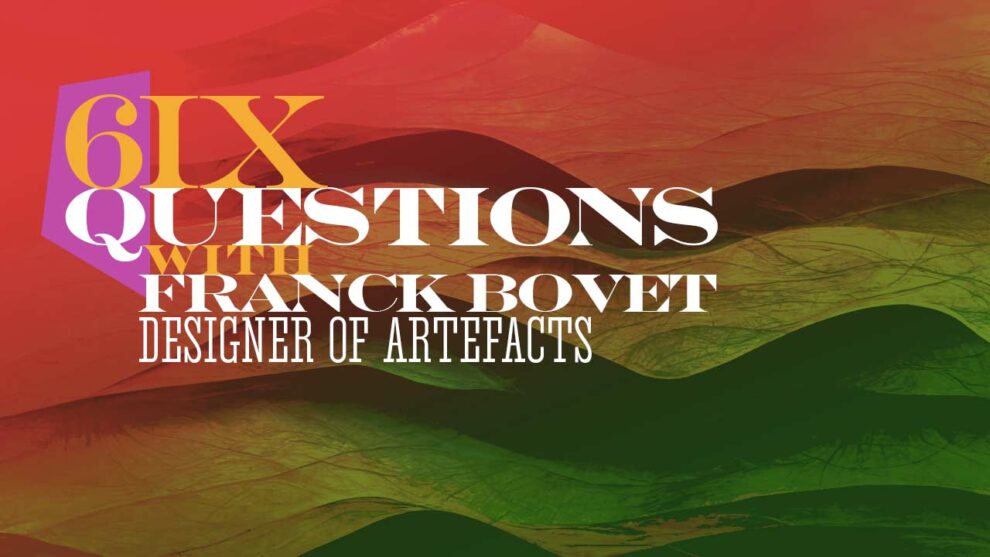
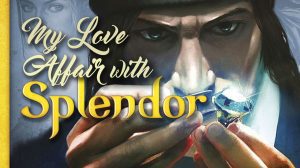
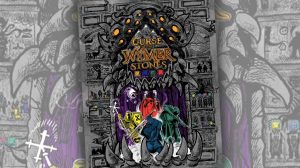
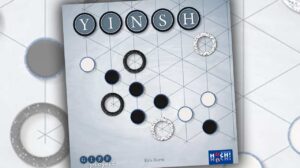





Add Comment